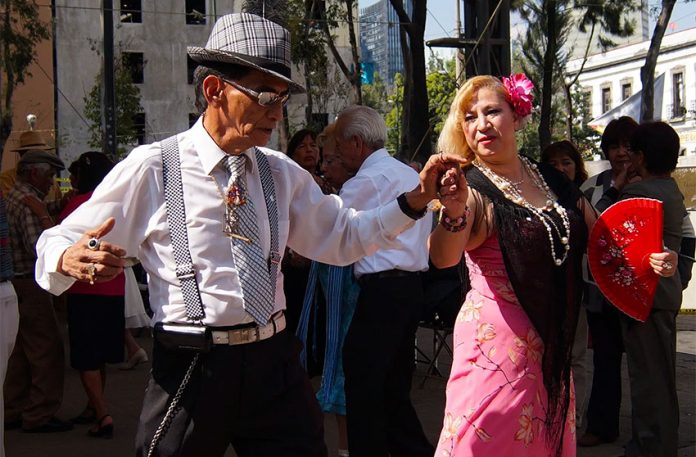Acapulco will kick off the 10th national danzón demonstration on Thursday with over 2,000 dancers from 18 states.
The four-day event has two sites, the Paseo del Pescador in the older part of the city and the Juan Ruiz de Alarcón at the Centro Internacional Acapulco, where dancers from 36 groups are expected, according to promotor and organizer Marcela Ávila Durán.
Danzón enthusiast Felicitas López Flores says danzón keeps people health. “As a physical activity, danzón stimulates the mind, as one must learn the steps. It exercises the body and contributes to people staying healthy.”
The dance is particularly popular among older couples due to its slow, fluid movements. Said Fabián Robles, another danzón fan, “. . . I came to danzón late, about five years ago. I have always liked to dance, since I was a boy, but I never took classes. When I retired, I asked my wife what do we do now and we decided to take classes . . .”
Danzón is popular in many places in Mexico, and couples can often be seen dancing in town parks and squares. But it did not originate in Mexico. It is a musical and dance genre that was introduced initially into Veracruz and Yucatán from Cuba, where it is the national dance.
It most likely has roots in English and French country dances, but as it spread to the New World it took on local rhythms and movements. This process has continued in Mexico, as the dance spread. Although considered by many today to be the dance of older people, it was considered scandalous when it was introduced in the 19th century, as the slow movements allowed couples to dance scandalously close.
One of the Acapulco demonstration’s purposes is to overcome danzón’s association with retirees and attract young people to the genre.
Source: La Jornada de Guerrero (sp)
